11 Surprising Reasons You Have Frizzy Curls and What to do About It
This post may contain affiliate links, and I will earn a commission if you purchase through these links. Please read the disclosure policy for more details.
Frizzy curly hair seems to be a huge issue many are dealing with. Since having this blog, most of the questions I get from readers are about frizz.
I see it in the curly hair groups as well and on social media. Some people are new to the curly girl method and obviously just need to wait for their hair to improve but others have been doing it for years and are now battling halo frizz.

Ready to transform your frizz into defined, bouncy curls and waves? Join my free Quick Start Guide To Mastering Your Curls email course below and be on your way to fabulous curls in just a few steps!
The top causes of frizzy curly hair
- Dew points
- Protein moisture imbalance
- Using the wrong products
- Applying products the wrong way
- Buildup
- Touching your hair while it’s drying
- Using regular towels
- Damaged hair
- Sleeping on a cotton pillowcase
- Brushing your curls
- The wrong cut
Tips To Reduce Frizz in Curly Hair
Read on to find out why these cause frizz and how you can fix it.
1. Dew Points
Dew points affecting hair was very surprising to me because I had only considered humidity before. I didn’t even know the difference between dew point and humidity.
If you’re not familiar with dew point, it is the temperature below which water droplets begin to condense and dew can form. It’s a bit more technical than that but that’s a basic definition.
You need to know about dew points because they affect how certain ingredients perform on your hair, like humectants.
Humectants are ingredients that reduce the loss of moisture. They attract water molecules to the hair to keep it hydrated. As you can guess, that causes frizz if there is a lot of moisture in the air. One example is glycerin.
For more tips on dew points and ingredients download my simple guide here.
Solution: Choose your styling products based on dew points and humidity.
In high dew points (over 60F/15C), use firm hold styling products (gels are great) and more emollients (oils) and use humectants with extreme caution.
In low dew points (below 30F/-1C), use leave-in conditioner and emollients and use humectants with caution.
Humectants work well in dew points of 40-60 F (4-16 C). And remember that some emollients build up so you need to clarify.

2. Protein Moisture Imbalance
If your hair is not moisturized enough it will frizz in its search for more moisture. And if it’s too moisturized it will also frizz because it needs more protein.
When your hair is soaking wet, it should look frizz free like the picture below. If the clumps are frizzy before you even apply styling products, then you have a protein moisture imbalance.
Solution: Maintain a balanced routine by using products with moisture and protein, along with regular deep conditioning, and only do a protein treatment if your hair needs it.
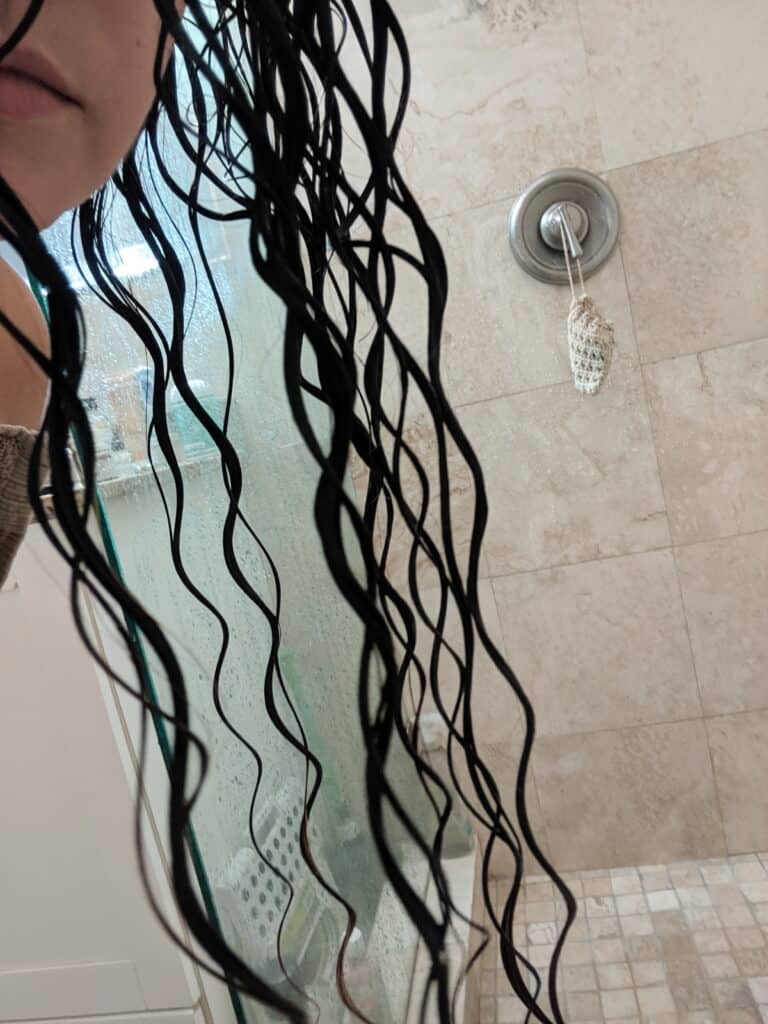
Not enough protein, too much moisture: curls are stretched out and can feel too soft, mushy and are frizzy
Too much protein, needs moisture: hair feels dry, looks stringy, frizzy
Rice water rinses and protein treatments like the products pictured below can help boost protein.
Be careful with how often you do these treatments. Low porosity hair needs a lot less than high porosity. Read more about that in my porosity post.


Make sure you’re deep conditioning on a regular basis and using the right leave-in. Almost all curly hair needs a leave-in conditioner.
Remember that moisture in your hair means less opportunity for moisture in the air to cause frizz.
Try moisturizing styling products and moisturizing application methods if your hair is really dry, but don’t forget to pay attention to dew points and humectants in the ingredients.




3. Using the wrong products
Sulfates dry out hair and many shampoos contain sulfates.
Silicones coat the hair to give it a smooth feeling but they can only be removed with sulfates, so they cause buildup and give a false smooth feeling to the hair.
And taking into account how dew points affect the performance of the ingredients in styling products, it’s easy to see how you could unknowingly be using the wrong styling products.
Solution: Use sulfate and silicone free products and hard hold styling products.
Use sulfate free and silicone free products
One of the most important parts of the curly girl method is using sulfate and silicone free products. Don’t just go by the label, read all the ingredients! “Sulfate free” doesn’t mean it doesn’t have any sulfates in it.
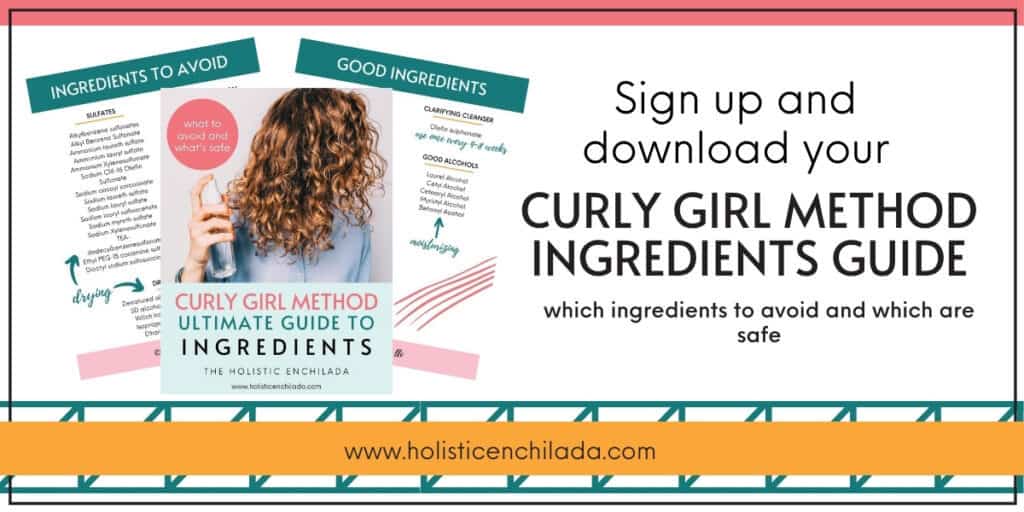
You can download my Curly Girl Method Ingredients Guide from my freebies library to see all the different sulfates and silicones to look out for.
Use firm hold styling products and know when to avoid humectants.
Especially in humid and high dew points, use firm hold styling products to protect hair from the moisture in the air. Curly girl approved hair spray can be used on dry hair for days with high dew point and humidity.
My favorite firm hold gels are Jessicurl Spiralicious and Giovanni LA Hold.



4. Applying products the wrong way
The Curly Girl Method details a special way to care for and style your curls for them to look their best.
Often people apply styling products to towel dried hair that hasn’t clumped and is not properly hydrated.
They also don’t use enough products so once it dries, it will frizz.
Solution: Try different application methods with your styling products on wet hair.
With curly hair, you should be applying your styling products to soaking wet or really damp hair. Your hair should feel soft like seaweed and clump well while applying styling products.
If you see frizz in your wet hair, add more water and/or conditioner. Sometimes if you need more moisture a more hydrating method of applying products like the Bowl Method will do the trick.
It can also be that the application method you’re using is not properly distributing the product or you’re not applying enough product.
Try using more product and be sure to scrunch it in really well to distribute the product all over.
Try raking and praying hands in addition to scrunching to see what works best for your hair.
5. Buildup
Buildup is often a cause of frizz, especially if you’re using products with heavier ingredients like shea butter on a regular basis.
Over time, these products build up on the hair and coat it, not letting moisture in and possibly clashing with the weather.
You can tell your hair has buildup when it starts to look dull, weighed down, like it’s full of product, or gets greasy more quickly.
Solution: Clarify regularly and invest in a shower filter if you have hard water.
Use a clarifying shampoo like Kinky Curly Come Clean or Malibu C Hard Water Wellness Shampoo on a regular basis to avoid buildup, especially if you use lots of products with emollients. If you have hard water make sure you use a chelating shampoo like the Malibu C. Read my post on clarifying curly hair.


6. Touching your hair while it’s drying
This is so simple. If you touch your hair while it’s drying, you risk disrupting the curl pattern.
If the curl doesn’t set, then it’s more prone to frizz. You want your hair to dry in the clumped curl patterns so that it holds that same shape when it is dry.
Solution: Don’t touch your hair while it’s wet and diffuse it to dry it faster.
Read this post all about drying curly hair the right way so you don’t have to walk around with wet hair for 8 hours.
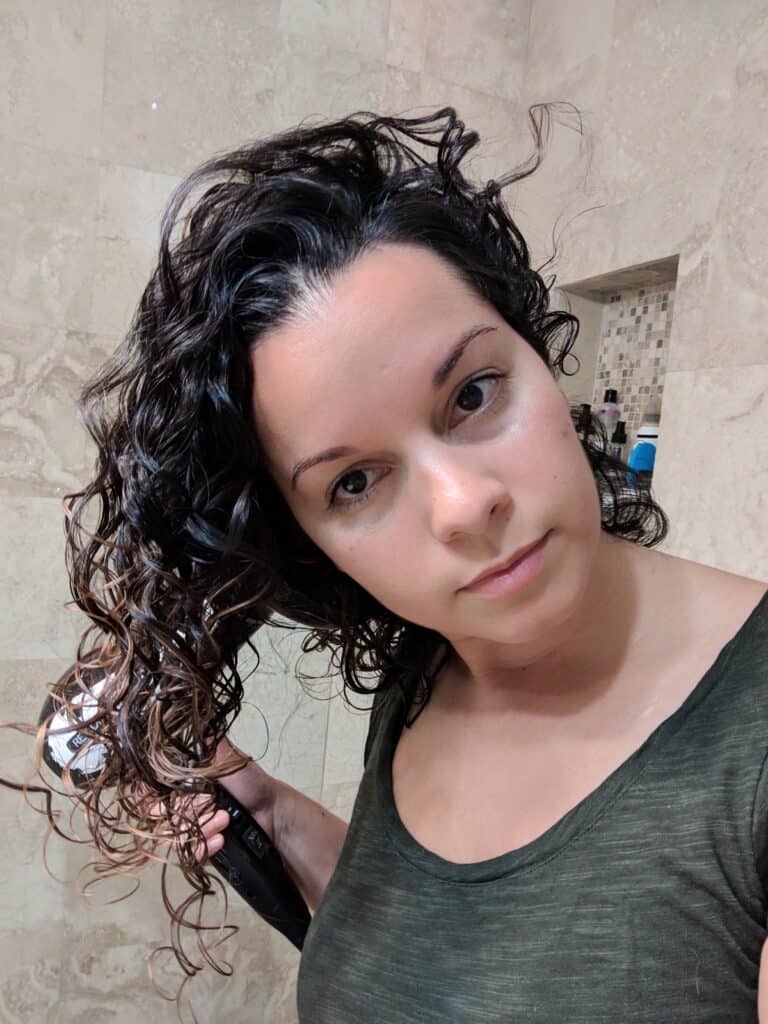
7. Using regular towels
Regular terry towels remove too much moisture from hair, which of course causes frizz. Even if you’re not rubbing it still causes frizz.
Solution: Make sure you’re using a hair towel or a cotton t-shirt to dry your hair.
Use the hair towel after you’ve applied the styling products and never rub. From the ends, push up towards your scalp and press to absorb water.
You can also try regular plopping, pictured below.
After this don’t touch your hair while it is wet and drying. You can use a diffuser to speed up drying.
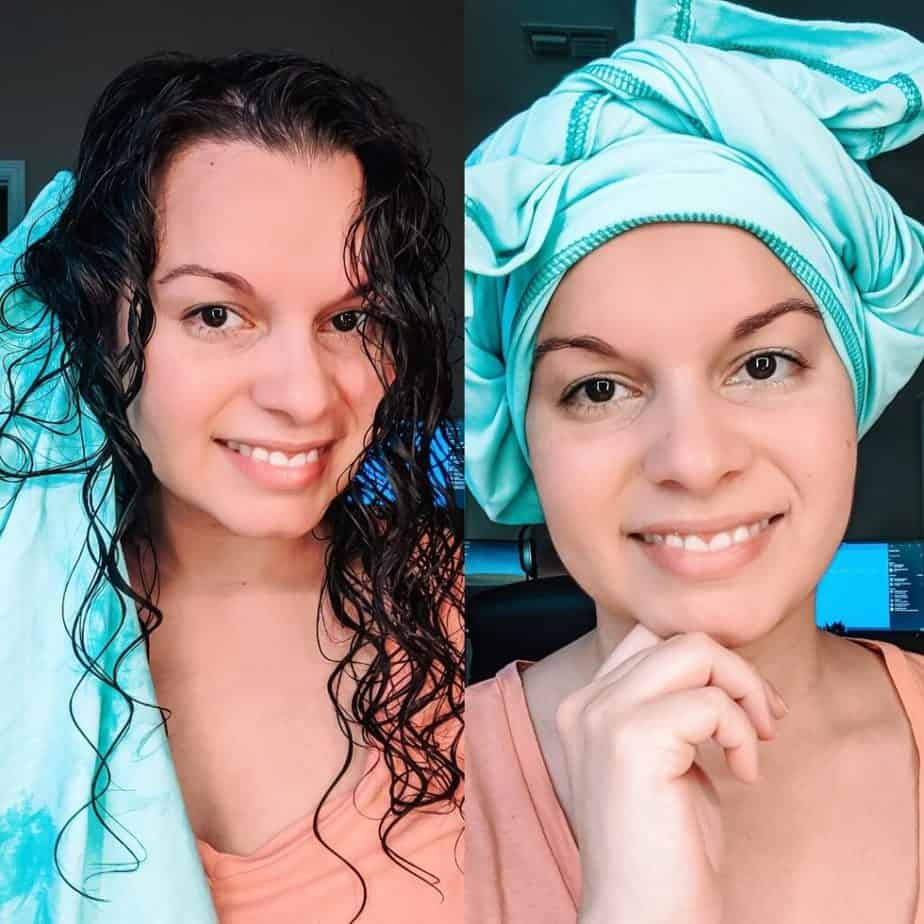
Below is a video on how to dry using a hair towel.
8. Damaged hair
Hair that has been through heat styling and processing (hair dye, straightening treatments, perms, etc.) is damaged and has open cuticles.
These open cuticles allow moisture to enter and escape, and make it difficult for your hair to maintain a style.
Products are not well absorbed so they can’t protect your hair against the weather and your hair does not absorb and hold on to moisture, both of which cause frizz.
Solution: Take care of your hair by cutting down on heat styling and coloring, using the right products, regularly deep conditioning and clarifying, and doing Olaplex treatments if necessary.
Read this post on repairing damaged curly hair to find out what you can do to improve your hair’s health.

9. Sleeping on a cotton pillowcase
Like regular towels, cotton and polyester pillowcases absorb moisture as you sleep. Your hair also rubs against the fabric and tangles.
Solution: Sleep on a silk or satin pillowcase and use a buff.
Silk and satin don’t absorb moisture so your hair will frizz and tangle less. A buff can also protect your hair while you sleep.



10. Brushing your curls
I think most people know not to brush curly hair when it’s dry, but if you didn’t, now you know.
You should only be using a detangling brush when you have conditioner or styling products in your hair. That’s it!
Solution: Get a detangling brush that you use in the shower only and protect your curls at night to prevent tangles.




11. The wrong cut
The wrong cut can make a big difference in how your curls and waves clump and how much frizz you have.
Having a traditional haircut that’s done when your hair is wet is not ideal for curly hair. Even worse is thinning some stylists do when layering, and this is a major cause of frizz in curly hair.
Solution: Find a curly hair specialist near you and get a curly cut.
The right haircut for your curl type helps your curls clump better and lay better so that you have less frizz and more definition.
I hope these tips can help you with frizz. Let me know if you try them in the comments.
Check out my curly hair courses, Fabulous Curls Academy
Fabulous Curls Academy offers the curly hair resources you need to master your curls and create the routine that will give you fabulous curls. Check out the digital downloads and courses to help you have the defined, bouncy curls you want. The monthly membership is the most affordable way to access everything you need to embrace your curls with success. Click here to learn more.
Curl & Clean Beauty Coaching
I now also offer Curl & Clean Beauty Coaching sessions virtually! You can book a 15-minute, 30-minute, or 45-minute session with me to help you solve your curly hair or clean beauty struggles. Click here to learn more.
If you want help with embracing your naturally wavy or curly hair, you can join my FREE email course and download my FREE pdf guide, THE QUICK START GUIDE TO MASTERING YOUR CURLS, full of everything you need to know to get started and bring out your beautiful waves and curls.
READ MY OTHER POPULAR POSTS ON CURLY HAIR:
- A Basic Guide to the Curly Girl Method for Wavy & Curly Hair
- What Products You Really Need To Start The Curly Girl Method
- Curly Girl Method Routine for 2B 2C 3A Hair
- 50+ Curly Girl Method Approved Products
- Curly Girl Night Routine To Protect Your Curls At Night
- How To Refresh Curly Hair
- Tips For Fine & Low Density Curly Hair
- How To Clarify Curly Hair
- Rice Water Rinse Guide
- 14 Hacks For Curly and Wavy Hair
- How To Repair Damaged Curly Hair
- Curly Girl Method Before and After – 1 Year Progress Update
- Ultimate Guide to Hair Porosity for Curly Hair
- My Favorite Products for Fine Curly Hair
- 11 Surprising Reasons You Have Frizz + Tips to Beat Frizz
- Common Causes of Limp Curls & Their Fixes
- Guide to Humidity & Weather Styling
- EVOLVh Review
Want to remember this! Save the 11 Surprising Reasons You Have Frizzy Curly Hair to your favorite Pinterest board!


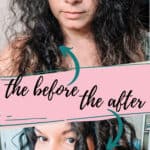
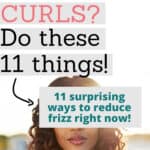
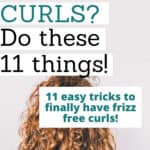
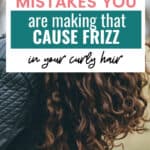


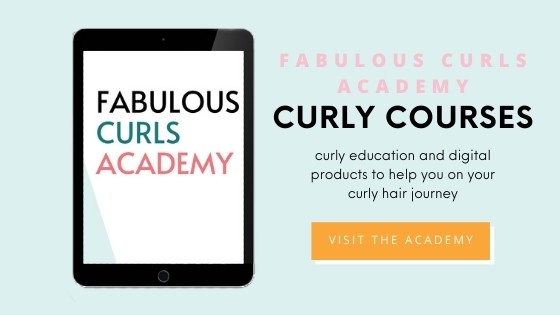
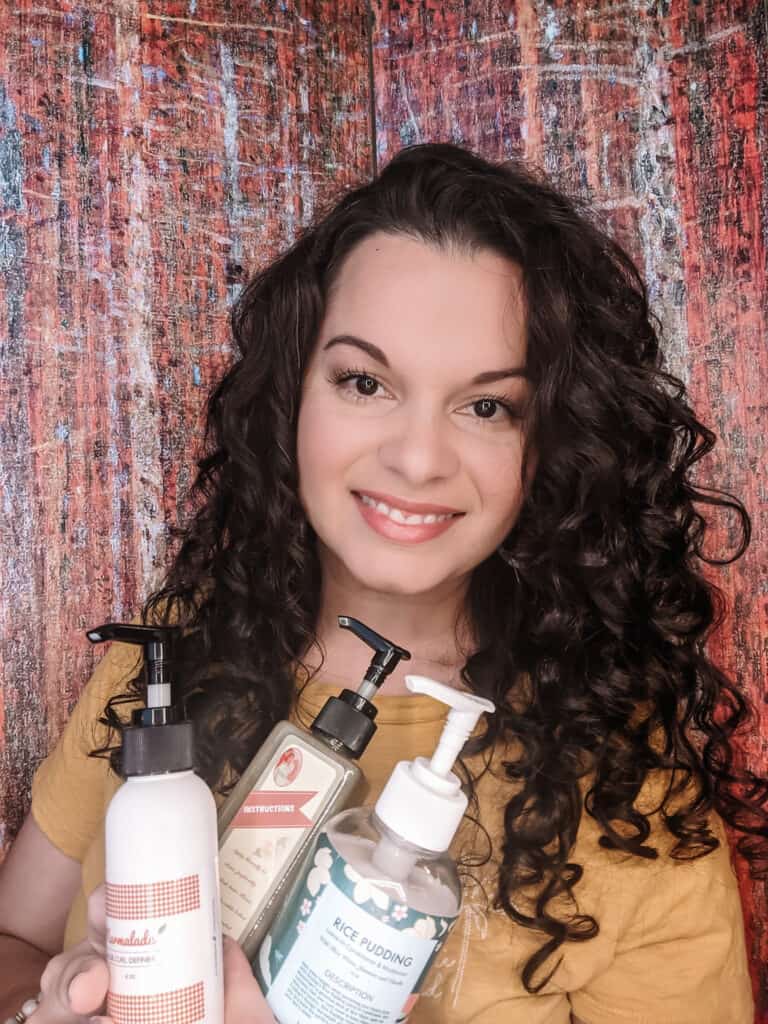

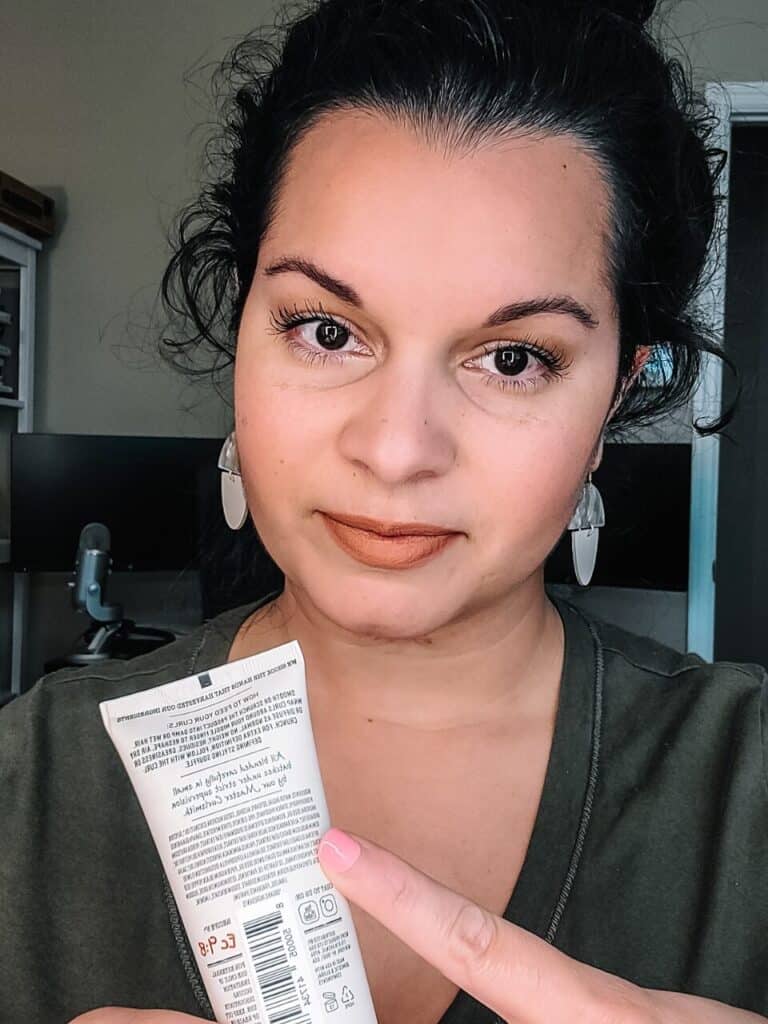
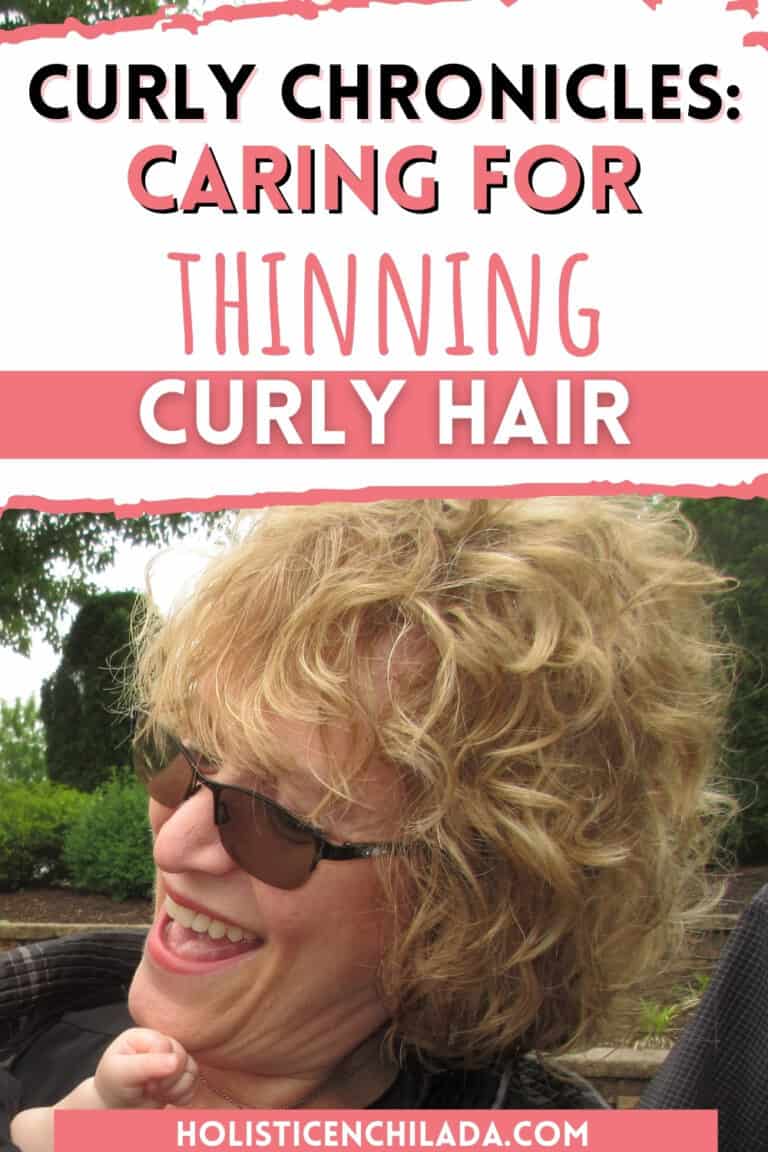

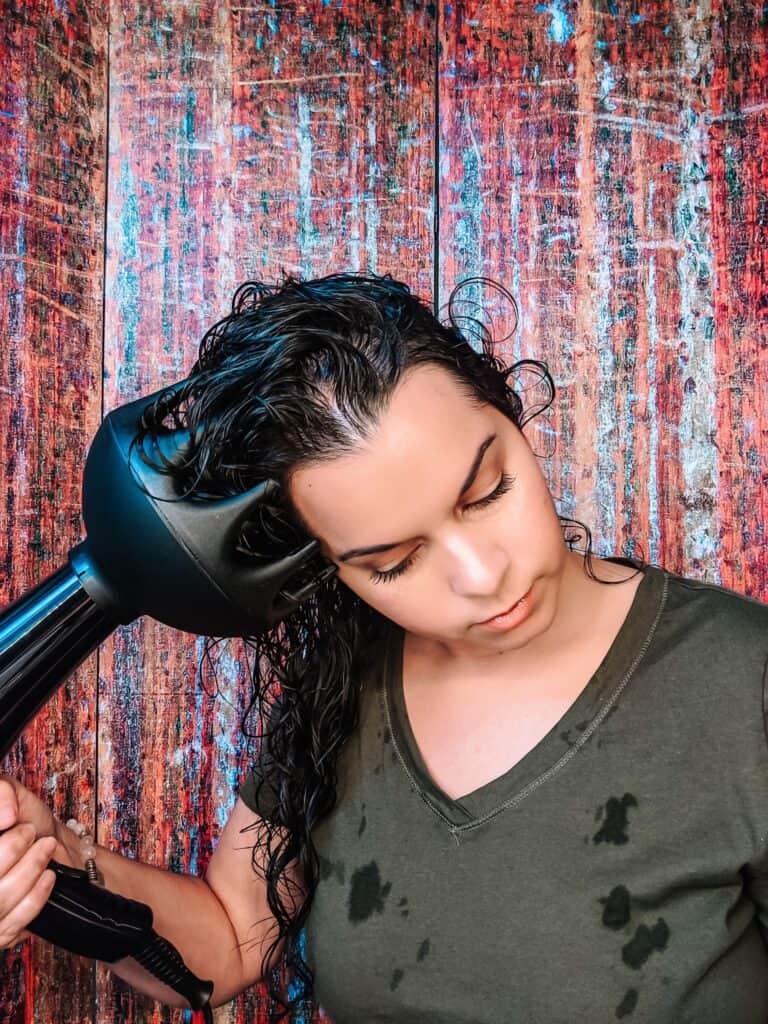
I’m trying to do the Curly Girl but I swim frequently in an indoor pool. I put coconut oil on my hair before I put on my swim cap. I’m trying to use clarifying shampoo more often – I read that could help get rid of the chlorine and allow my hair to absorb more of the products I’m using (all Curly Girl Approved). Any tips for Curly Girl Swimmers? I am also trying to avoid the stringy curls and get the good fat long curls you have. I think we have the same hair type (mine is long, but thin).
Hi Amy. Chlorine is actually a bit clarifying so I don’t think you need to clarify every time. I would put conditioner in your hair instead of coconut oil before swimming since coconut oil tends to make my hair stringy and maybe that’s happening with you? Try deep conditioning more often too and spend a lot of time scrunching in your styling product. That’s how I get nice clumps.
My daughters hair hair terrible wet frizz, doesn’t matter how much conditioner we use or how much squishing. We use Alberto balsam conditioner and a almond and she’s butter conditioner bar. I read that wet frizz needs protein but we tried a test on some strands and it says she needs moisture. Her her matts when dry and is so hard to detangler. Any advise?
Have you clarified and deep conditioned her hair recently? Maybe it’s reacting to an ingredient in the conditioner or it just needs more moisture. Wet frizz is usually lack of protein but not always. It’s also commonly not enough moisture or a flash drying from an ingredient.
You have great content. Thanks so much for compiling the information on this website.
Thanks K!
Hi my hair is stringy when I style and my hair is dry. I crunch out the crunch and then it poofy and frizzy! I hate that my hair look stringy and crunchy. I have used oil’s in the past to scrunch out the crunch. Nothing has worked.
You should use more leave in under your gel to help with the crunchiness. It will also help define your hair. Make sure your gel doesn’t have glycerin too.
You say a lot about how to treat hair for protein deficiency, but can you share what products to use to enhance moisture? Either shampoos, conditioners or styling products that will remedy moisture imbalances?
Hi Ana. Adding moisture is a lot easier than protein, since so many products offer moisture you don’t need specific recommendations. Just up the use of conditioners, creams, and deep conditioning treatments that are all low in proteins and that increases the moisture. You can also cowash instead of using a low poo.
I have read that Keratin treatments and products containing Keratin are very harmful for your hair in the long run. It said that keratin can cause breakage etc. what are your thoughts on that?
“Keratin treatments” are not the same as keratin. A “keratin treatment” is a chemical process that smooths and often straightens hair. It’s also called a Brazilian keratin treatment or a Brazilian blowout. It involves applying products to the hair, blow-drying it, and sealing it with a flat iron. But keratin is a natural type of protein that we have in our hair, skin, and nails. It’s an ingredient used in many hair products that is safe to use. I do not recommend keratin treatments because they cause damage. But keratin itself is good to use.